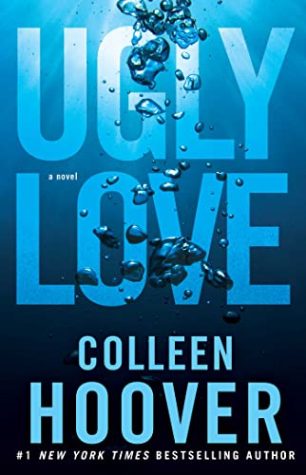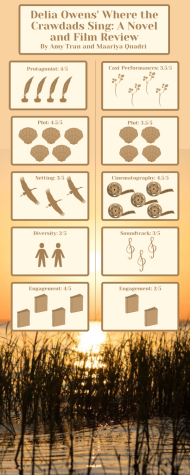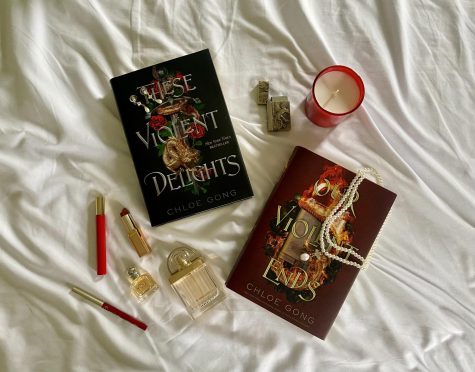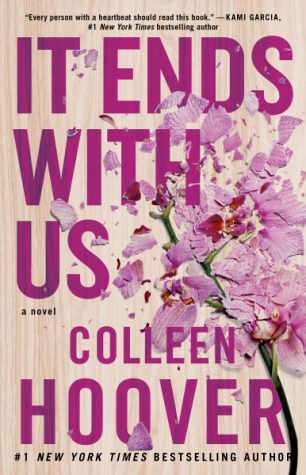Taking a Closer Look at E. Lockhart’s Works
E. Lockhart provides several quick reads centered around mystery and suspense, though in a different manner than the norm of young adult literature. Explore the two novels of E. Lockhart below that best display the uniqueness of her works and their appeal to readers as well as their flaws.
1. We Were Liars: We Were Liars centers around Cadence and her slow realization of the events that happened during the summer she was fifteen — the summer that she suffered from a serious head injury while vacationing on a private island owned by her family.
Part of the wealthy Sinclair family, who value their appearance to the utmost, Cadence realizes that remembering the events of that summer will be more difficult than she expected, as everyone is keeping secrets — including her mother, who does not allow Cadence to return to the island the summer after.
However, at seventeen, Cadence vacations there once again, and she soon recalls fragments of what truly went down the summer she was fifteen, including the death of her grandmother — which was the tip of the iceberg.
Just like the memories of Cadence, the plot of the novel is introduced in a vague and ambiguous manner, with more details about the story appearing as the novel progresses. Despite the incorporation of this information, the ultimate mystery—the memory Cadence is unable to fully recall—is difficult to unfold.
Continuing the theme of the disorganized and foggy, E. Lockhart cuts her sentences into fragments throughout the novel in order to mirror Cadence’s confusion throughout her journey of recollection. This is either an added bonus or a detriment to the enjoyment of the novel, based on the preference of the reader. Though the format is completely subjective, the blandness of the characters is ultimately the detraction from the author’s intended effect. Despite the book being dependent on secrets and lies, it seems that those are the only factors that add complexity to the novel’s cast rather than character development.
Fortunately, the intriguing plot ferments an obsessive need to crack the case of the summer two years prior and compensates for underwhelming characters, making the novel not one to skip.
2. Genuine Fraud: Similar to We Were Liars, Genuine Fraud centers around secrets and lies as well. It follows the friendship between two girls, Jule West Williams and Imogen Sokoloff, who come from completely different backgrounds. Crossing paths and forming a dangerous bond, Jule becomes immersed in Imogen’s life, unaware that nothing is truly as it seems.
The structure of the novel is backwards, jumping messily through time. Secret after secret is revealed, including disappearances and murder, causing the reader to question who each girl truly is and who to trust. The format of the novel disillusions the reader, changing the way they view the end of the mystery and even the beginning. For instance, an insignificant detail introduced in one chapter is later revealed to play a key role in the mystery, adding to the unsettling energy.
Formatting aside, it seems that the scenes themselves in the novel can be generic and mundane. However, the way that the information is revealed is what truly makes the novel interesting, in addition to its characters. Each narrator is complex and unreliable, causing the reader to switch alliances frequently. Rather than a true mystery, the novel likens itself more to a psychological thriller. Therefore, its lack of traditionalism in the mystery world enables Genuine Fraud to become a must-read.

Michelle is the Co-Editor-in-Chief of the Glen Bard. She is currently a senior and is excited to be part of the Glen Bard staff. Her passions include reading,...





